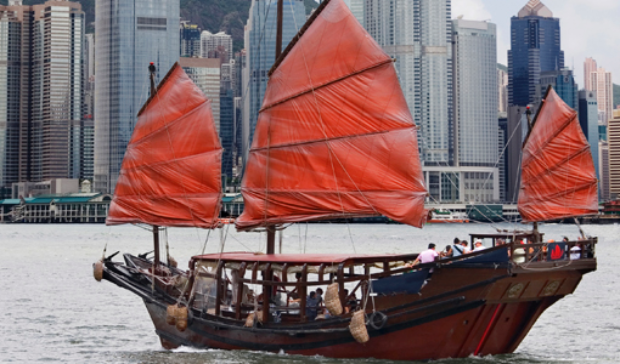Any good travel guide will state that China is a land of contrasts. The travel guides, if trite, are correct. China is a single nation and a multinational collection of individual nations. It is the oldest civilization on Earth and yet considered a developing nation. It is the second largest economy in the world, with less than 10 percent of its people living below the poverty line (less than $1 per day) ... but that 10 percent equals 133,861,297 people – more than the population of Japan. The People’s Republic of China is officially a Communist state but has a free market economy that contributed to a gross domestic product of $9.7 trillion in 2010, according to the International Monetary Fund.
It is these contrasts that make China an enigma to many Westerners. Yet China, in all its iterations, has become of critical importance to the Western economy. As Dr. Michael Sullivan notes in his article “China’s Newest Dynasty,” it was China’s economic decisions that prevented the United States from entering a deeper and longer recession. The People’s Republic of China surpassed Japan as the world’s second largest economy as this issue of B. magazine was being prepared, and most economists predict that it will surpass the United States as the largest economy in the next 10 to 15 years. Whatever we know or think we know about the country, it is clear its success or failure will impact this country.
For more than 300 years, the nation of China – also known as the Middle Kingdom, the Republic of China or, since 1949, the People’s Republic of China – isolated itself from the rest of the world. It devolved from being one of the first centers of civilization to a fractured nation of feudal chiefs, civil wars and, in the 1950s, a socialist state that many historians argue contributed to the massive famine of 1958-1961. It is this latter incarnation that defined the country for decades. Yet in the past 30 years, China’s transformation has been, in all senses of the word, remarkable.
Dr. Sullivan and Professor Meghan Zhou detail some of these transformations in this issue. Voices from Chinese students studying at the University of St. Thomas and St. Thomas students who have studied in China also help create a clearer, more personal picture of the nation.
This magazine has, since its inception, tried to be more than a forum for publicizing the accomplishments of our students and faculty. In past issues we have tried to highlight matters of importance not only to our students but to the local, regional and national business community. This issue’s focus on the People’s Republic of China is part of our goal to educate and inform as well as to take part in a broader dialogue about the economy and business and their roles in and impact on our world.
Read more from B. Magazine





